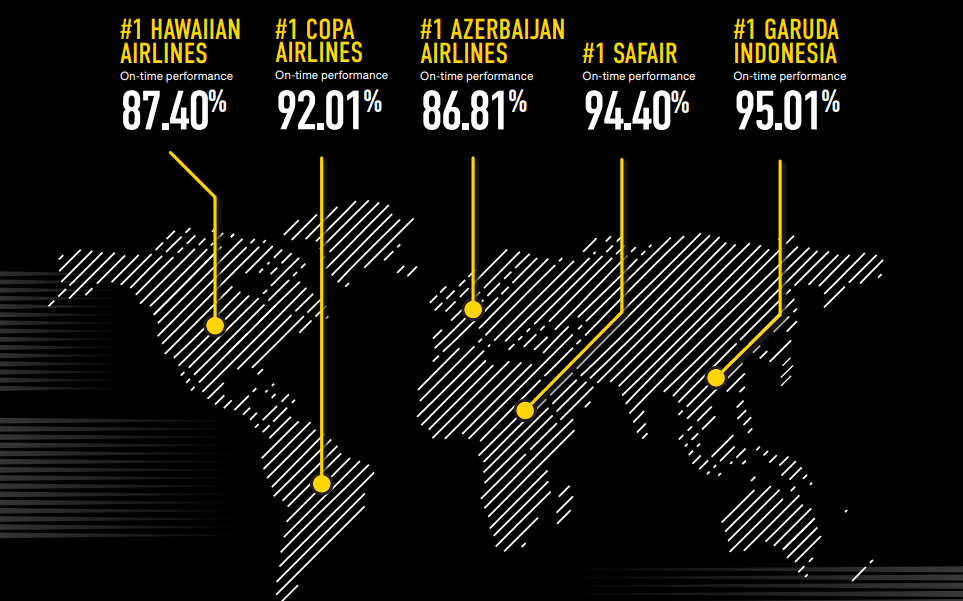If we can't find that perfect flight that ticks all the boxes then there is an obvious trade-off between price and convenience. How much of saving would it take us to use a one-stop flight with a longer travel time or to fly to a secondary city airport? Similarly, how much more would we pay to fly with a preferred airline?
The options for flying between 'A' and 'B' have become abundant as LCCs have introduced new point-to-point connectivity and the major airlines have boosted their own networks and turned their home airports into major hubs offering convenient options via 'C'. For many, minimum connecting times at hub airports have become as big an influencer in booking decisions as price and convenience.
But, whatever the price and however convenient a flight is, there is another crucial factor in the equation: reliability. Especially important for those premium passengers that crucially boost airline yields, flight punctuality is the one factor that can truly break the corporate traveller.
Many of us would have been delighted to receive itineraries with flight options that offer short transit times and thus reduce overall journey times, only to log onto flight tracking sites and discover our first leg is regularly 25 minutes late, and fearing we may end up sitting around an airport for most of the day.
Arriving late at a destination and missing that key meeting, even losing a day due to a missed connection can have a profound effect on businesses and those staff on the road - and we know the growing importance of staff welfare and the impact of travel on the mental health of travellers. That is why reports such as the recently revealed OAG Punctuality League makes important reading for anyone booking travel.
This example may offer a generalised overview of the on-time performance of airlines and airports based on 2019 data, but for those at the top and the bottom of the rankings it could be an added factor in the flight selection process. The OAG report ranks airlines the world's top 250 airlines by available seat kilometres (ASKs) and airports with more than 2.5 million departing seats using the traditional on-time performance metric that flights should arrive or depart within 15 minutes of their scheduled arrival/departure times.
There are of course numerous outside factors that influence the punctuality of airlines and airports such as weather conditions, industrial action, even the business model of the airlines themselves. As we said earlier, the OAG Punctuality League gives us a generalised view.
So, what does it tell us? Well, Garuda Indonesia, South Africa's Safair, Panama's Copa Airlines and Japan's Skymark Airlines are the world's most reliable airlines with nine in ten flights arriving 'on time' in 2019. Meanwhile, Minsk's National and Panama City's Tocumen International are the only airports to achieve a similar level of punctuality. You can view the full report here: OAG Punctuality League
